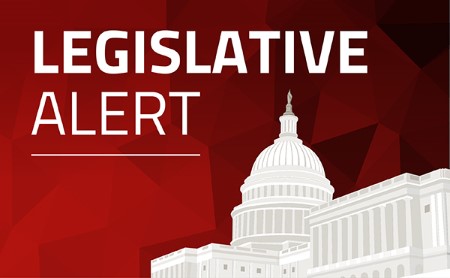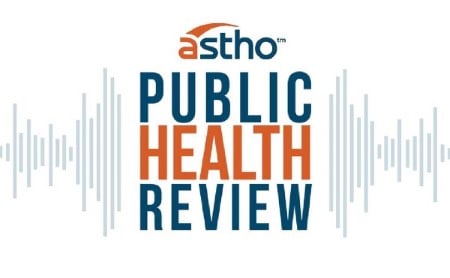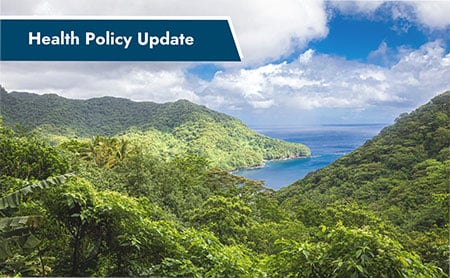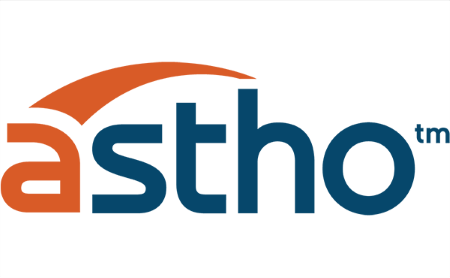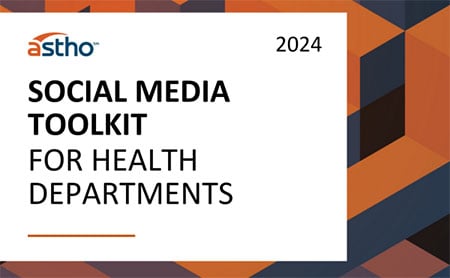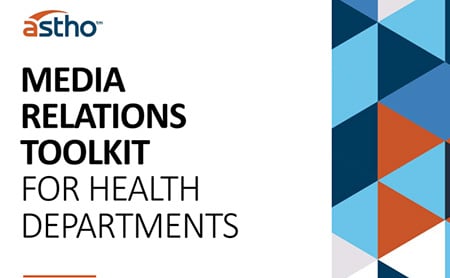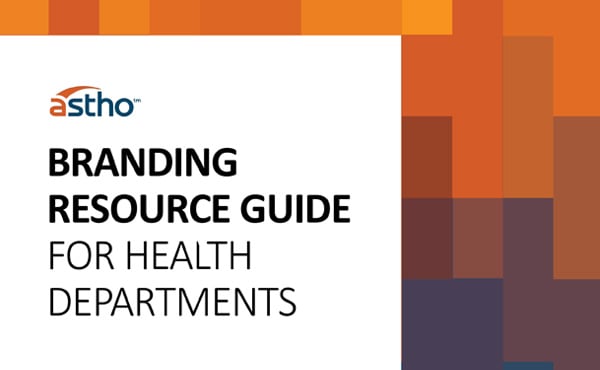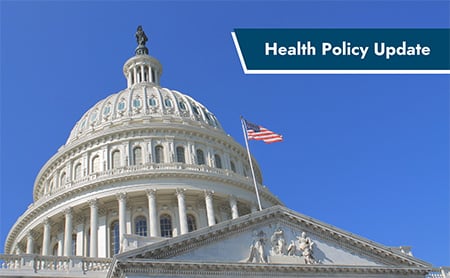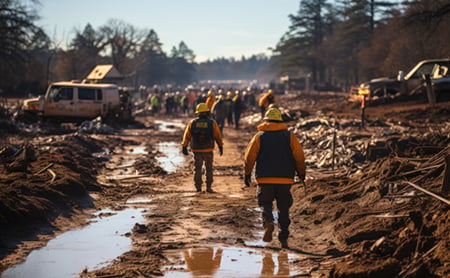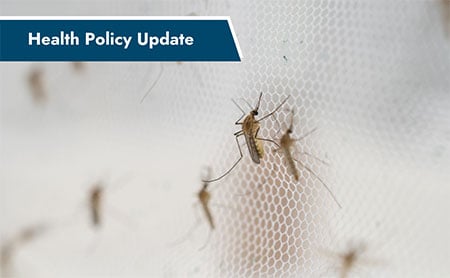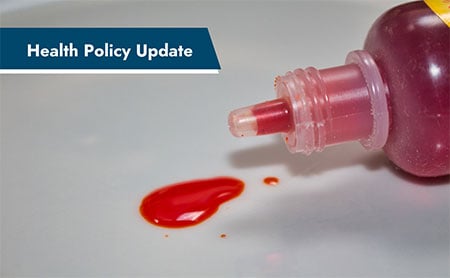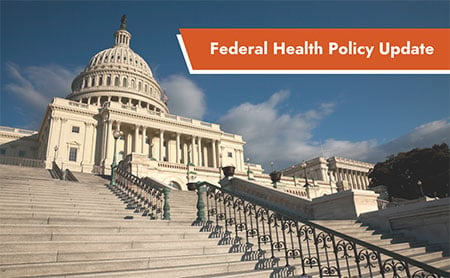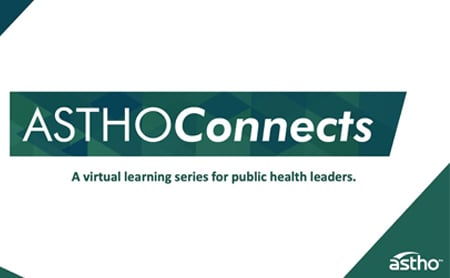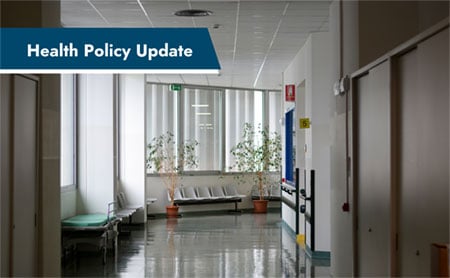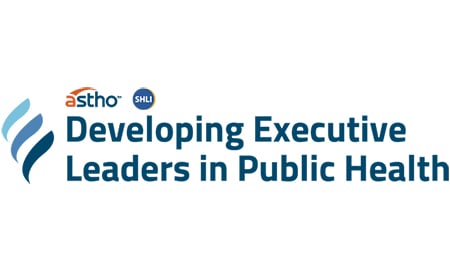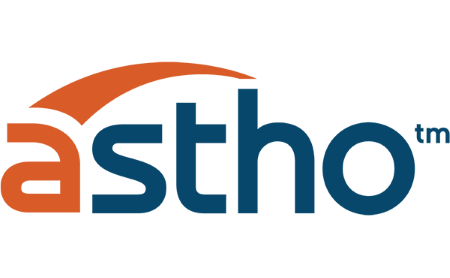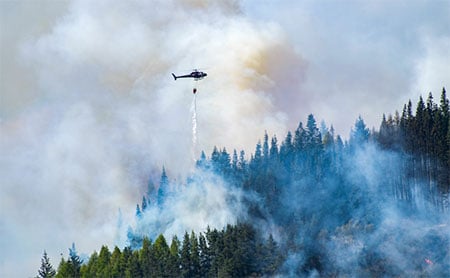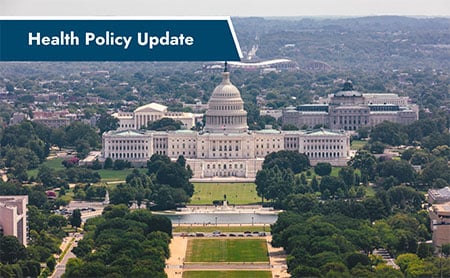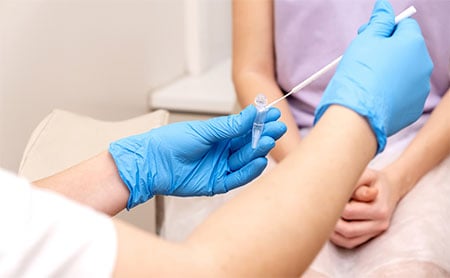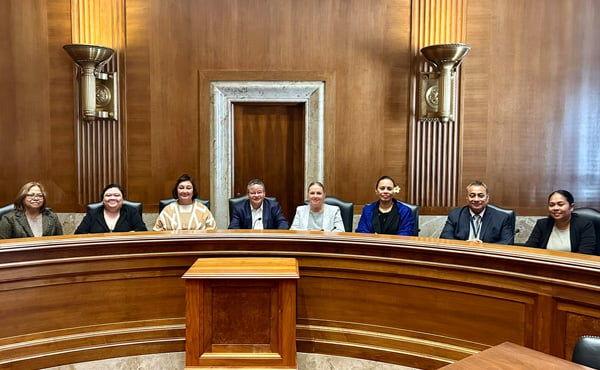Our Mission: To support, equip, and advocate for state and territorial health officials in their work of advancing the public’s health and well-being.
View from Washington
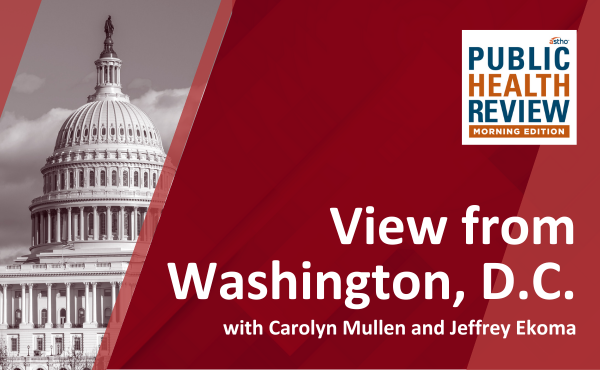
Join members of ASTHO's Federal Government Affairs team as they break down public health policy on Public Health Review Morning Edition.
Events & Opportunities
-
17
Jul
INSPIRE: Readiness - Navigating Ethical Issues in Wastewater Surveillance for Infectious Diseases
As part of the INSPIRE: Readiness webinar series, this session will examine the growing role of wastewater surveillance in tracking and controlling infectious diseases while addressing the key ethical issues associated with this practice.Register -
23
Jul
Ignite, Accelerate, and Activate: Conflict & Collaboration
In the second installment of a three-part workshop on Essentials of Leadership and Management, develop strategic communication skills to improve your approach to handling conflict. In this session, participants will learn how to identify stages of conflict and determine how collaboration leads to positive outcomes.Register
-
17
Jul
INSPIRE: Readiness - Navigating Ethical Issues in Wastewater Surveillance for Infectious Diseases
As part of the INSPIRE: Readiness webinar series, this session will examine the growing role of wastewater surveillance in tracking and controlling infectious diseases while addressing the key ethical issues associated with this practice.Register -
23
Jul
Ignite, Accelerate, and Activate: Conflict & Collaboration
In the second installment of a three-part workshop on Essentials of Leadership and Management, develop strategic communication skills to improve your approach to handling conflict. In this session, participants will learn how to identify stages of conflict and determine how collaboration leads to positive outcomes.Register
-
30
Jul
State and Territorial Infrastructure for Suicide Prevention: Exploring New Legal Maps
This training will guide participants through the new legal maps, highlight key legal provisions, and explore how states are using law to formalize and strengthen suicide prevention infrastructure.Register -
On Demand
Climate for Health Ambassadors Training
ASTHO is excited to partner with ecoAmerica to provide Climate for Health Ambassadors training to our state and territorial health agency members and their staff at no cost—equipping them with specific resources and tools to address the impacts of climate change in their jurisdiction.Learn More
Explore Topic Areas
Select a topic area to display the latest associated reports, briefs, blog posts, webinars, podcasts, and additional resources.
 Get the latest news, announcements, and public health developments in five minutes on ASTHO’s daily newscast.
Get the latest news, announcements, and public health developments in five minutes on ASTHO’s daily newscast. Join thought leaders as they share the latest public health information on ASTHO’s flagship podcast.
Join thought leaders as they share the latest public health information on ASTHO’s flagship podcast.